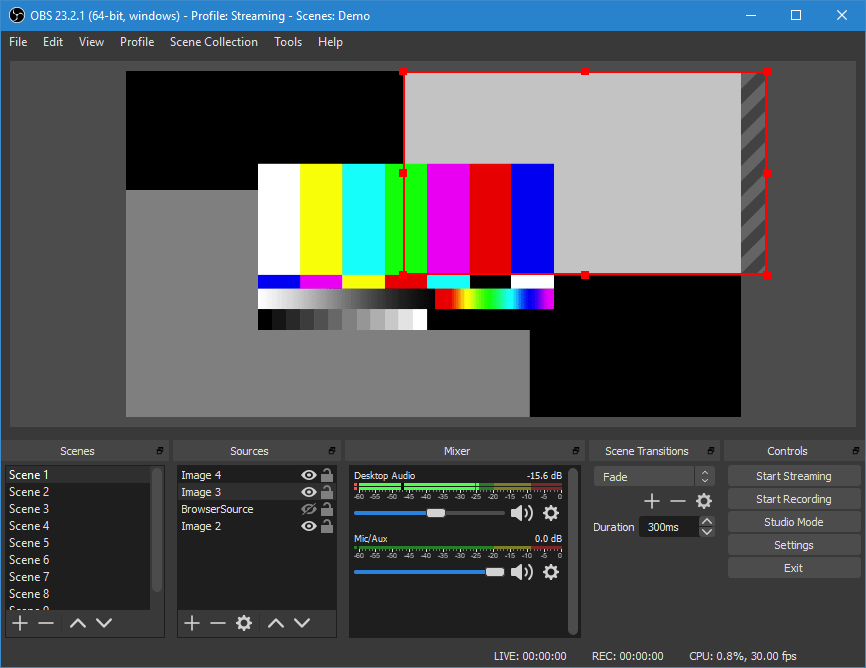Courses: Methods of Social Research and China’s Foreign Policy
Instructor: Eric Hundman, Assistant Professor of Political Science
Students Enrolled: Methods of Social Research: 23, China’s Foreign Policy: 16
Technologies Used: Zoom, Open Broadcaster Software, Slack, iPad with Apple Pencil
Eric Hundman is currently based in the United States and is teaching Methods of Social Research and China’s Foreign Policy as asynchronous courses to students based in China, the US, and around the world.
Hundman is experimenting with a blend of lectures, small-group work (which the students organize as they see fit), and structured discussion/feedback assignments.
Methods of Social Research is structured as a lecture and China’s Foreign Policy as a reading-intensive seminar with introductory lectures. For his seminar on China’s Foreign Policy, Hundman posts a multipart discussion assignment after students complete the week’s readings. The students have a few days to respond to a handful of questions and are tasked with responding critically and professionally to one of their classmates’ posts. They also respond to classmates’ critiques of their own posts before the next class meeting.

Hundman has also found that using Zoom to hold larger lectures in real time discourages active engagement and discussion; it is easier for students to hide in the crowd in a digital class. Bandwidth issues also become more pronounced in larger groups, especially when students’ home connections are unreliable.
With these and time zone issues in mind, Hundman decided to record lessons asynchronously using Open Broadcaster Software (OBS), a free, open-source software for video recording and live streaming which makes capturing both the slides and the professor’s face very simple. After uploading these, he hosts questions and discussions asynchronously over Slack.
To encourage a deeper engagement with the readings, students work together to summarize them in two-page outlines. For China’s Foreign Policy, the class holds optional, synchronous small-group discussions with Hundman once a week using Zoom. Though time zone differences present a challenge for more frequent meetings, Hundman encourages his students to proactively set up their own discussion groups with each other or to schedule one-on-one chats with him.
For virtual office hours, Hundman uses a separate whiteboard in Zoom meetings by calling in from an iPad with Apple Pencil without activating the microphone or video camera. This turns the iPad into a virtual whiteboard for exploring ideas with students, such as helping them diagram a capstone project or listing action items during their meetings.
Overall, the level of student engagement has appeared similar to that of an in-person course. Although assessing engagement is a substantial challenge in fully asynchronous courses, Hundman evaluates engagement based on the completion rate for the multipart discussion assignments and responsiveness to prompts he includes in video lectures.
Challenges and Lessons Learned
With no prior experience with digital teaching and learning, Hundman says he had few expectations but was surprised to see how much his students wanted him to impose structure. He says he had initially expected that the students, as digital natives, would apply their own modes and norms of online discussion and engagement, but they insisted that he take the lead.
Hundman finds that Slack seems to work well without much instructor management for his lectures, but his seminars are designed to be discussion-focused, and fostering asynchronous discussions has been a challenge. He advises other professors to embrace lecturing more than they normally would — his seminar students requested this and found it helpful.
As stated above, structured online discussions have worked better than unstructured ones. For his seminar, Hundman assigns small-group reading summaries combined with short, individual discussion assignments due on Slack every few days.